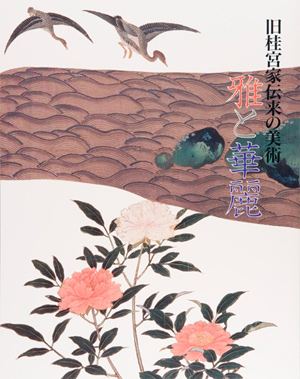| image | information |
|---|---|
 |
Outstanding among Japanese cultural heritages for its supremely elegant shoinzukuri architecture and Japanese-style garden, the Katsura Detached Palace in Kyoto was initiated as a country villa by Prince Toshihito, founder of the family of Hachijo no Miya which was created through Toyotomi Hideyoshi’s petition to the Emperor in 1590. One of the four princely families, Hachijo no Miya continued to exist for 290 1ong years unti1 1881 undergoing three name changes during the interim - initially to Tokiwai no Miya then to Kyogoku no Miya and finally to Katsura no Miya. All through its existence, the princely family remained in the center of the cultural life of the Imperial Court as each and every head of the family excelled in literary accomplishments and scholarship. Today, the defunct family is usually referred to as the old Katsura no Miya. The cultural activities of the Old Katsura no Miya were particularly brisk during the Period of Prince Toshihito, founder, and Prince Toshitada, second head of the family (namely, from the Momoyama period to the early Edo period), and that of Prince Yakahito, seventh head of the family (the Mid-Edo period). A great number of important items, including Imperial letters, old calligraphies, family records and documents folding screens and other furniture, tea ceremony utensils and other industrial arts and crafts, have been handed down to this day from these and other periods. Among the old treasures of the famny are the well-known “Cypress Trees” screen (now in the Tokyo National Museum) and “Katsura Man'yoshu” anthology in the Imperial collections. Unfortunately, however many of the treasures were dispersed after the extinction of the family and their provenace was obliterated. This exhibition attempts to present some of the old treasures of the old Katsura no Miya family whose provenance has been restablished through recent researches and studies. The exhibition also attempts,through the use of Imperial collections and with the cooperation of the Archives and Mausolea Department of the lmperial Household Agency to shed light - the light so far overwhelmingly monopolized by the detached palace alone - on the entire artistic activities of the old princely family by showing some of the items produced by the princes themselves. We shall be thoroughly gratified if the present exhibition proves a help for the viewers to have a better understanding of the great contributions the Old Katsura no Miya had made to the pre-modem culture of our country and to enjoy some of the cream of the Imperial Court culture in the pre-modem days. |